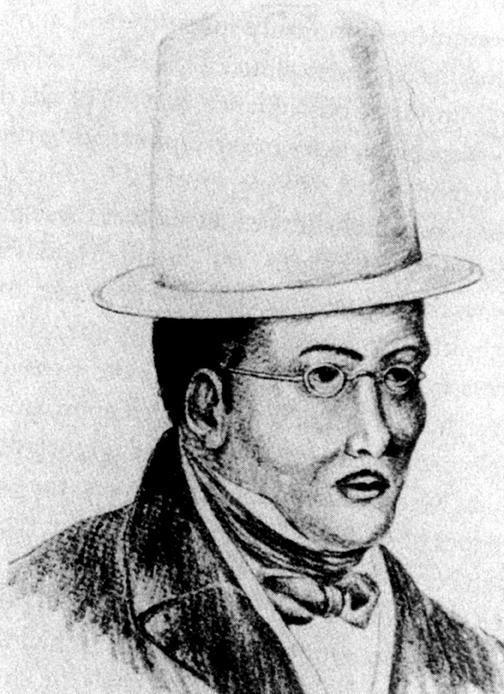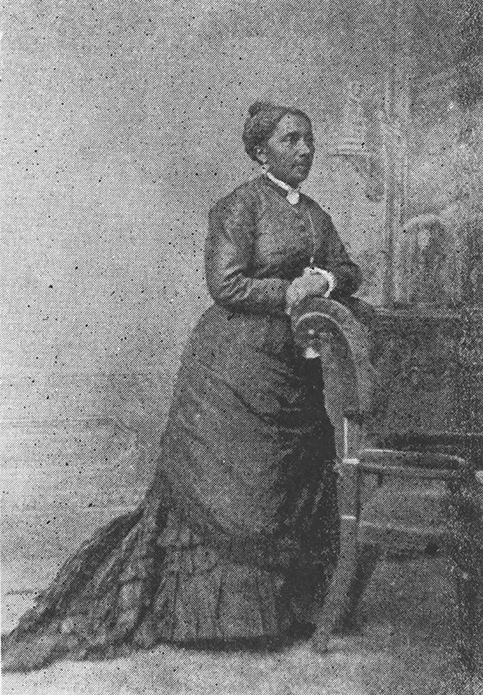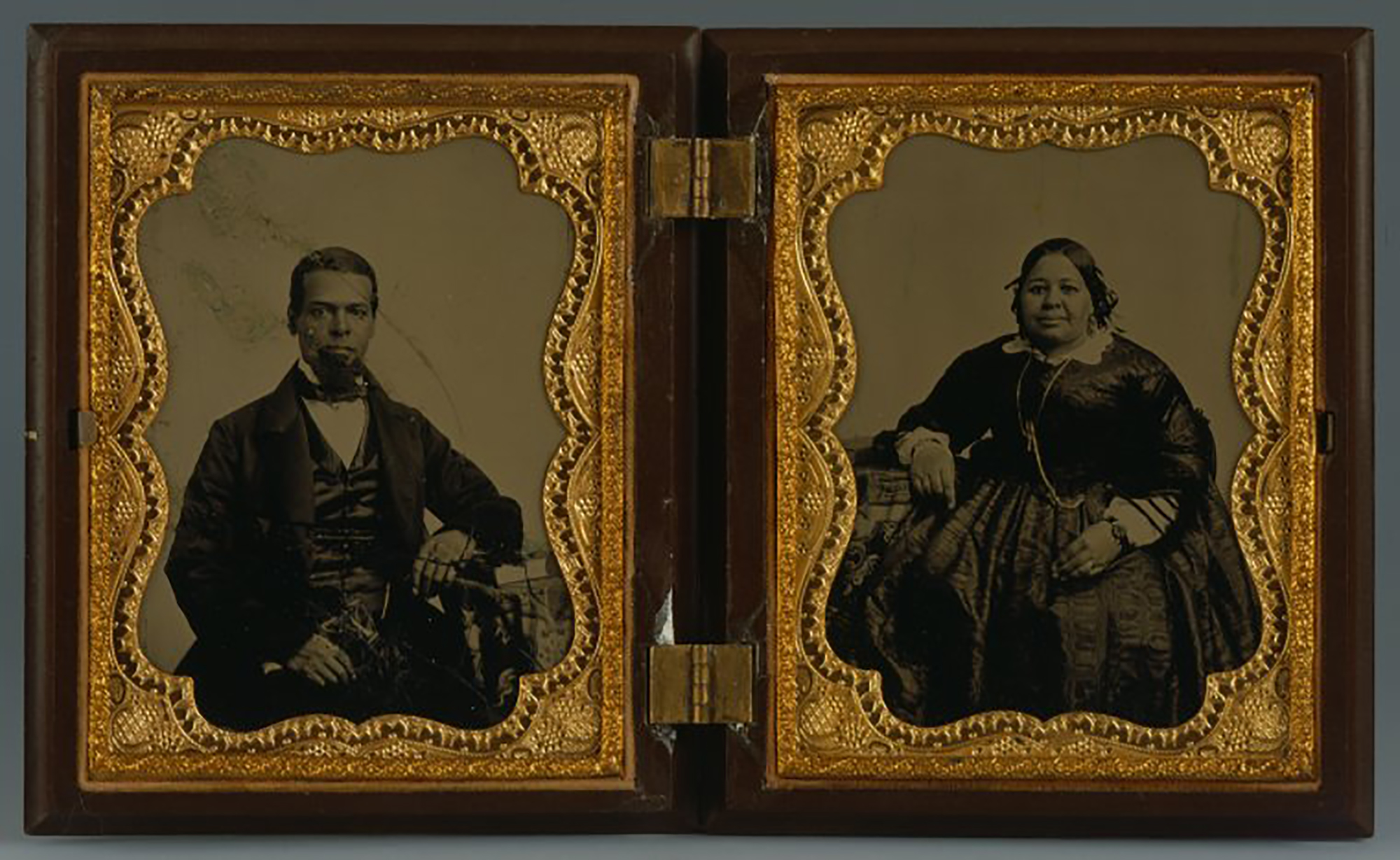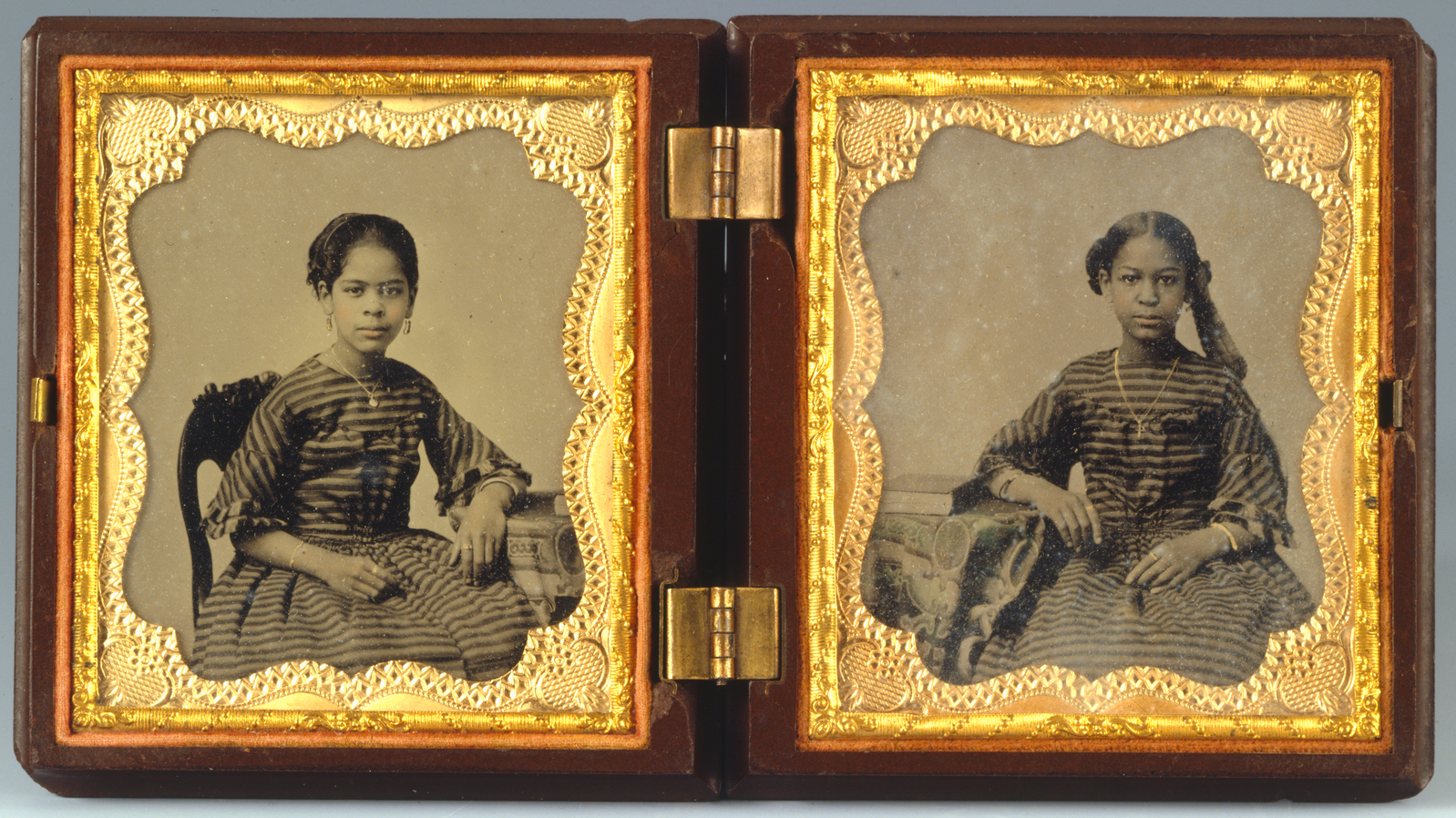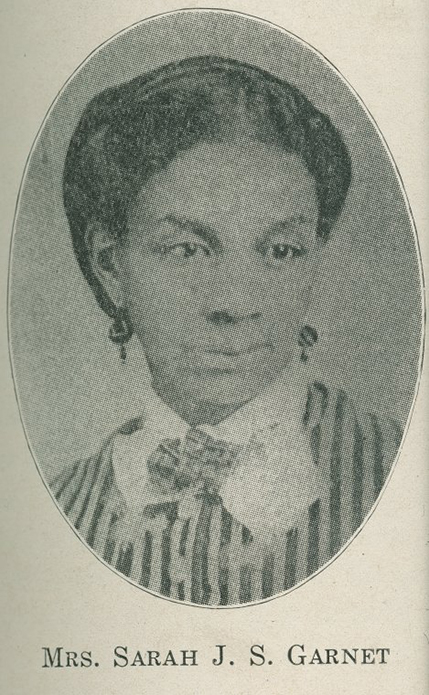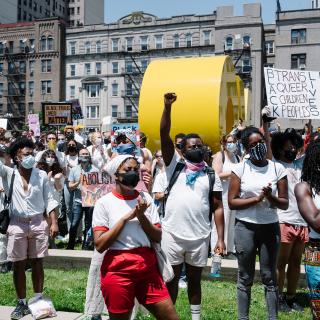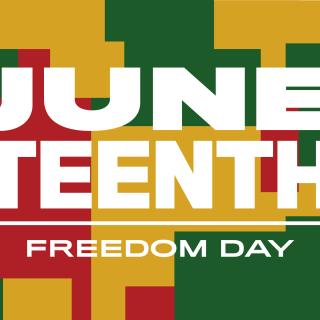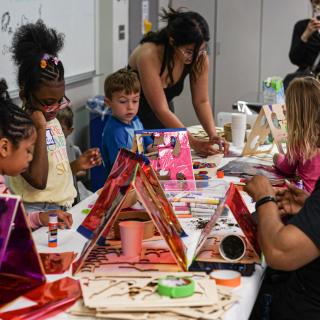Black Activists of 19th Century NYC
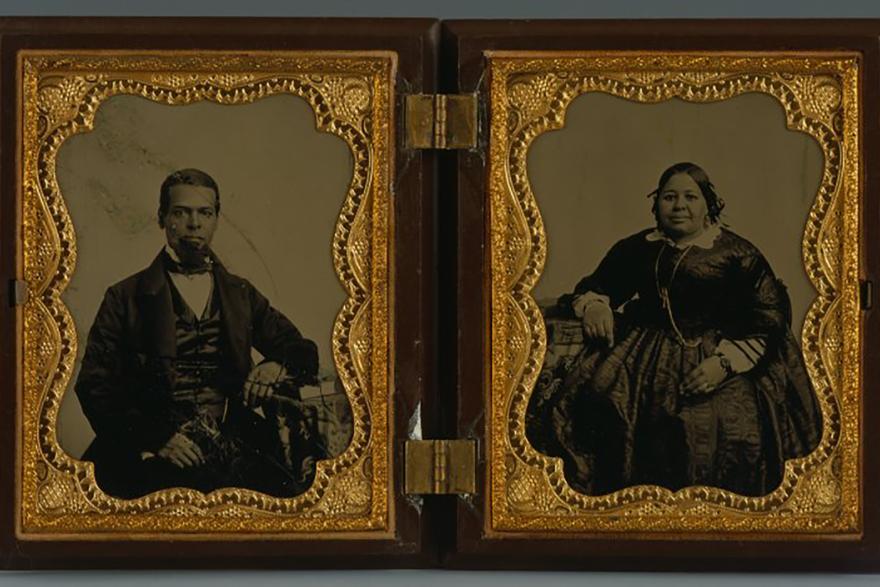
Explore the stories of David Ruggles, the Lyons family, Elizabeth Jennings Graham, and Sarah Garnet to learn about their lives, the actions they took to fight for abolition and full emancipation for Black Americans in 19th-century New York City, and their legacies for today.
Each profile includes questions to shape discussion and sources for further reading.
David Ruggles
David Ruggles, born in 1810, was a prominent member of New York City’s abolitionist community. Ruggles helped to expand the opportunities available to New York’s growing Black community and worked to end slavery in the United States, pushing the city to the forefront of the fight for freedom.
Read his story here.
To learn more about David Ruggles, discover primary sources that bring his story to life, and find Passport to Social Studies curriculum connections, check out the NYCDOE and MCNY curriculum supplement Hidden Voices: Untold Stories of New York City History (pages 47-53).
To learn more about abolition in New York City, explore the section "What has New York to do with Slavery? The Battle Over Abolition 1830-1865" in the Museum’s exhibition Activist New York.
David Ruggles is featured in the New York At Its Core and Activist New York exhibitions at the Museum of the City of New York.
Elizabeth Jennings Graham
Born in 1827, Elizabeth Jennings Graham is most famously known as the “Nineteenth-Century Rosa Parks” for taking legal action against the Third Avenue Railroad Company in New York City for racial discrimination.
Read her story here.
To learn more about Elizabeth Jennings Graham, discover primary sources that bring her story to life, and find Passport to Social Studies curriculum connections, check out the NYCDOE and MCNY curriculum supplement Hidden Voices: Untold Stories of New York City History (pages 65-70).
Elizabeth Jennings Graham is featured in the New York At Its Core exhibition at the Museum of the City of New York.
The Lyons Family
Albro and Mary Lyons were dedicated abolitionists in 19th-century New York who fought to end slavery and protect those escaping bondage. Their daughter Maritcha Lyons later built a career as a teacher and activist for racial justice and women’s suffrage.
Read their story here.
Albro and Mary Lyons are featured in the case study "What has New York to do with Slavery? The Battle Over Abolition 1830-1865" in the Museum’s exhibition Activist New York.
Sarah Garnet
Born in Brooklyn in 1831, Sarah Jane Smith Thompson Garnet (sometimes spelled "Tompkins") was an educator and an activist. Garnet was the first Black woman to become a principal in the New York City school system and she co-founded the Equal Suffrage League of Brooklyn, which advocated for voting rights for women and racial equality for all Black Americans.
Read her story here.
Sarah Garnet was featured in the 2017-2018 exhibition Beyond Suffrage: A Century of New York Women in Politics at the Museum of the City of New York.
To learn more about Garnet’s role in the fight for women’s suffrage, check out the MCNY lesson plan "'Working Together, Working Apart:’ How Identity Shaped Suffragists’ Politics."
Learn More
MCNY Digital Education
Information about the Museum’s programs for teachers, students, and families, as well as online lesson plans and educational resources, can be found on the Museum’s Digital Education Hub: mcny.org/DigitalEd
Activist New York
Visit the Activist New York exhibition at the Museum of the City of New York to learn more about the city’s history of activism and the people who have propelled social change from the 1600s to today.
Explore the Activist New York online exhibition and discover classroom resources and lesson plans by visiting activistnewyork.mcny.org.
Supporters
Education programs in conjunction with Activist New York are made possible by The Puffin Foundation, Ltd.
The Frederick A.O. Schwarz Education Center is endowed by grants from The Thompson Family Foundation Fund, the F.A.O. Schwarz Family Foundation, the William Randolph Hearst Endowment, and other generous donors.
